Once upon a time here in Britain, but not so long ago, the ubiquitous television set that sits as a familiar item of furniture in the living room of so many of our homes, would become disconcertingly possessed by something utterly dark and outré. Yes, there was indeed a time when quality drama and horror were joined together in an unholy union through the medium of television. At last, however, like a vampire exposed to the rising rays of the sun, all too soon that enigmatic creature of darkness staggered and collapsed into dust in the dawn of the new century. However, for a time, before those real-life vampires, the media moguls, sank their toxin-laden fangs of ‘woke’ in too deeply, there was indeed a brief but verdant flowering of a strange, dark bloom of unpoliticised and ‘based’ weirdness on British ‘telly’.
There were until 1982, only three television channels in Britain, namely BBC1, BBC2, and ITV (Independent Television). Apart from the midday children’s programmes, the schedule did not begin until the evening. However, if one were monitoring the programming carefully, the discerning viewer of supernatural fiction could be exposed to a rare flash of creative terror penned by some of the truly innovative authors of speculative fiction writing for TV. But you had to be on your toes to catch it, before the ownership of the VCR became commonplace, one might miss a particular gem and must wait (as I did) for several decades before a first viewing.
Nigel Kneale (1922-2006) was one such author commissioned to pen several weird and strangely wonderful yarns the like of which set the bar high for the ‘box’.
Kneale is perhaps best remembered today for his character Professor Bernard Quatermass whose horror-sci-fi adventure The Quatermass Experiment was first aired on the BBC way back in 1953. The cosmic-horror story is concerned with the first crewed flight into space, supervised by the professor for the British Experimental Rocket Group. This of course comes from an era when, despite being bankrupted and soon to be completely ‘Empire-less’ after the end of World War II, the British still had a remaining smidgeon of belief in their own manifest destiny.
When the spaceship in Quatermass returns to Earth, two of the three astronauts are missing, and the sole survivor is behaving oddly. Professor Quatermass soon discovers that an alien entity has taken possession of the surviving astronaut and he must prevent the mutation from destroying the world.
This is how Mark Gatiss, the English comic actor and writer, recently articulated Kneale’s influence on science fiction and horror:
“What sci-fi piece of the past 50 years doesn't owe Kneale a huge debt? The ‘man into monster’ theme of Experiment and the paranoid conspiracy of Quatermass II and, particularly, the ‘ancient invasion’ of Quatermass and the Pit cast a huge shadow. The latter - with its brilliant blending of superstition, witchcraft and ghosts into the story of a five-million-year-old Martian invasion - is copper-bottomed genius.”
Kneale’s other early ‘triumphs’ included a 1954 television adaptation of George Orwell’s 1984 starring the late (great) horror film stalwart, Peter Cushing as Winston Smith. Indeed, it was considered so brutally controversial that when one viewer died of a heart attack whilst watching it, the Daily Express ran with the headline: “Wife dies as she watches.”
Despite such heated debate about the ‘horror’ of Kneale’s work, he continued to be an enormously influential television and cinematic writer.
And it was Kneale’s continued contributions to ‘speculative’ drama over the following decades that cemented his influence and continued to provide superlative contributions to the genre of chilling television.
The six-episode anthology for ITV, Beasts (1976), is a case in point. Each episode was based around a supposedly bestial horror but was framed in a darkly psychological and supernatural manner. The episode ‘Baby’ for example, takes the viewer into a disturbing folk horror nightmare when an ancient, mummified object is discovered in the wall of an old country cottage during renovations. The shocking denouement is both brilliantly conceived and flawlessly executed.
But The Stone Tape (1972) is, perhaps, the outstanding contribution by Kneale. With Kneale’s characteristic combination of science and horror, the viewer is introduced to the hubris of man’s belief in his own ability to overcome any mystery through the application of technology. What’s more, the drama includes superlative performances from two of the greats of British character acting, Ian Cuthbertson, and Michael Bryant. Indeed, such was the influence of the dramatisation in its day that the notion of a ‘residual haunting’ in fact led to the coining of the phrase ‘The Stone Tape Theory’.
Nor was Kneale a lone contributor to this pinnacle of unsettling television drama (though certainly extraordinarily influential).
Other productions by a variety of writers included:
Whistle and I'll Come to You (1968), a BBC television dramatic adaptation of the 1904 ghost story Oh, Whistle, and I'll Come to You, My Lad by M. R. James. The main protagonist is compellingly played by Michael Hordern and the spare use of effects remains powerfully creepy even to the modern eye.
Late Night Horror (1968) contained adaptations of works by Roald Dahl, Arthur Conan Doyle, and the American writer Richard Matheson (author of I Am Legend and a contributor to many episodes of The Twilight Zone). Although an innovative outing into colour tv, Late Night Horror was cancelled after six episodes due to complaints from distressed viewers and most of the archive of episodes is now, sadly, lost.
Tales of Unease (1970) was an anthology horror series of seven episodes that were based on collections of horror stories edited by writer John Burke.
The successor to Late Night Horror was Dead of Night (1972) an anthology series of supernatural fiction, it was broadcast on BBC2 over seven 50-minute episodes (again, four episodes are now lost, but the remaining three are available on YouTube, and certainly worth watching).
A Ghost Story for Christmas (1971-1978) was an annual short television film broadcast on BBC1 made for a Christmas shiver, it included M. R. James classics as well as a Charles Dickens ghost story The Signalman starring Denholm Elliot.
The Mind Beyond (1976), was a BBC2 supernatural anthology that was part of BBC2's Playhouse series and included the excellent ‘The Daedalus Equations’ and the superb folk horror mystery ‘Stones’.
Supernatural (1977) was broadcast on BBC1 in eight episodes, where a prospective member of the ‘Club of the Damned’ was required to tell a horror story, and their application for membership would be judged on how frightening the story was. If you enjoy Gothic horror, then this one is for you.
West Country Tales (1982-83) was another BBC production that included several with a folk-horror twist (‘The Beast’ and ‘The Poacher’ are but two outstanding episodes).
Shades of Darkness (1982-1986) with nine 50 minutes episodes was another anthology series with a supernatural twist.
Worlds Beyond (1986-88) was a series with the added interest that these were based on real-life supernatural experiences described in archival documents from the Society for Psychical Research.
And it would be remiss of me not to mention the, often glorious (and sometimes flawed), Hammer House of Horror (1980), a collaboration by the Hammer Horror Film franchise and ITV whose thirteen, hour-long episodes included such classics as ‘The House that Bled to Death’ and the werewolf tale ‘Children of the Full Moon’.
And these are only some of the enormous output of occult, supernatural, horror-science, and top-notch dramatic adaptations of the ‘weird’ that was aired between the late 1960s and the 1980s on British television. It seems to have been a time when the public, not to mention the critics, seemed to have a growing and insatiable appetite for diabolical chills. And these were served up in quantity as well as quality.
Sometimes with shoestring television budgets, many of these theatrical productions relied on atmospheric locations or existing studio sets adapted for the purpose. Though often lacking a big budget, what this programming often had in spades was excellent writing, sound direction, and a superb ensemble cast of British character actors (not to mention often ground-breaking and haunting soundtracks).
Alas, we shall probably not see their like for some time again not, at least, until we begin to make them ourselves. Fortunately, some of these episodic incarnations of darkness can be found online, and many are at last now available as DVD collections.
But if it’s a taster you require then watch The Stone Tape by Kneale. Here, the sea of scientific reason crashes impotently against the immutable rocks of the irrational, with terrifying results. It’s like an adult version of the best of Jon Pertwee-era Doctor Who (and if you don’t know who Jon Pertwee is, well, he was Doctor Who when it was worth watching!).
Happily, The Stone Tape is still available to watch on YouTube.
Intelligent, dramatic terror awaits...




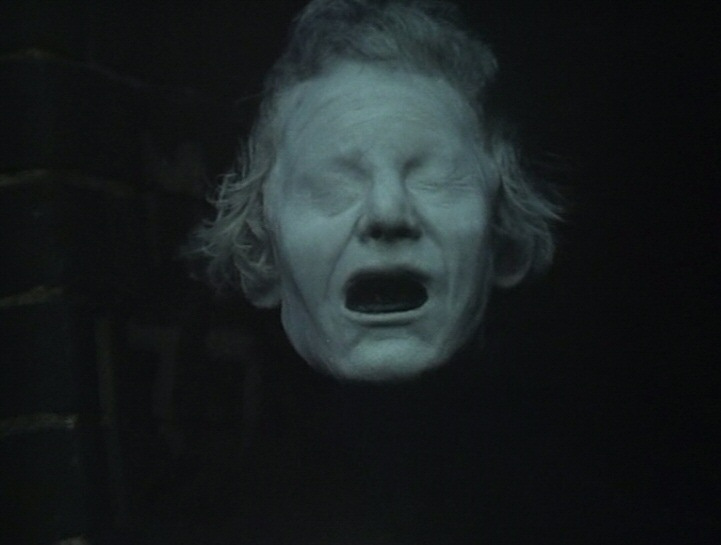
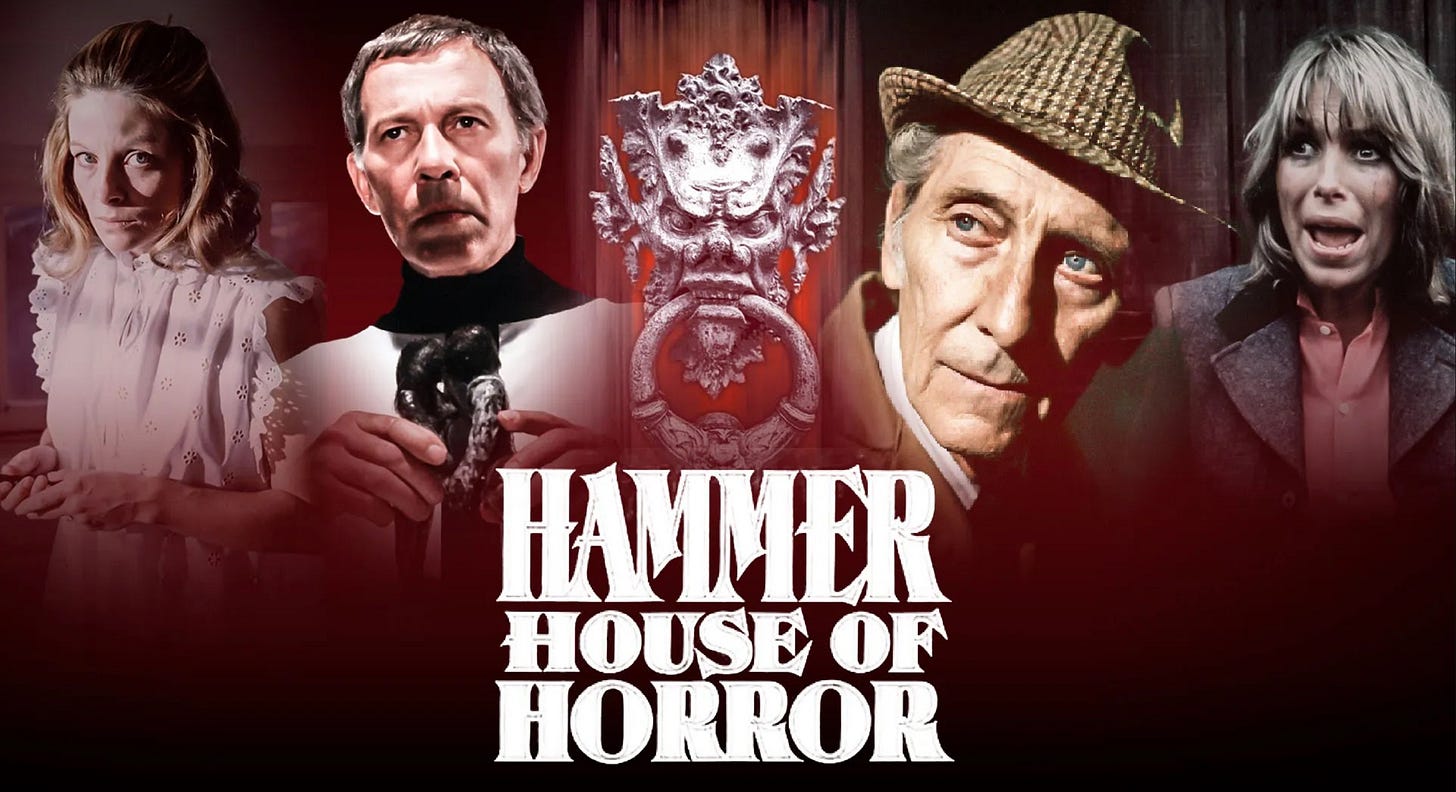
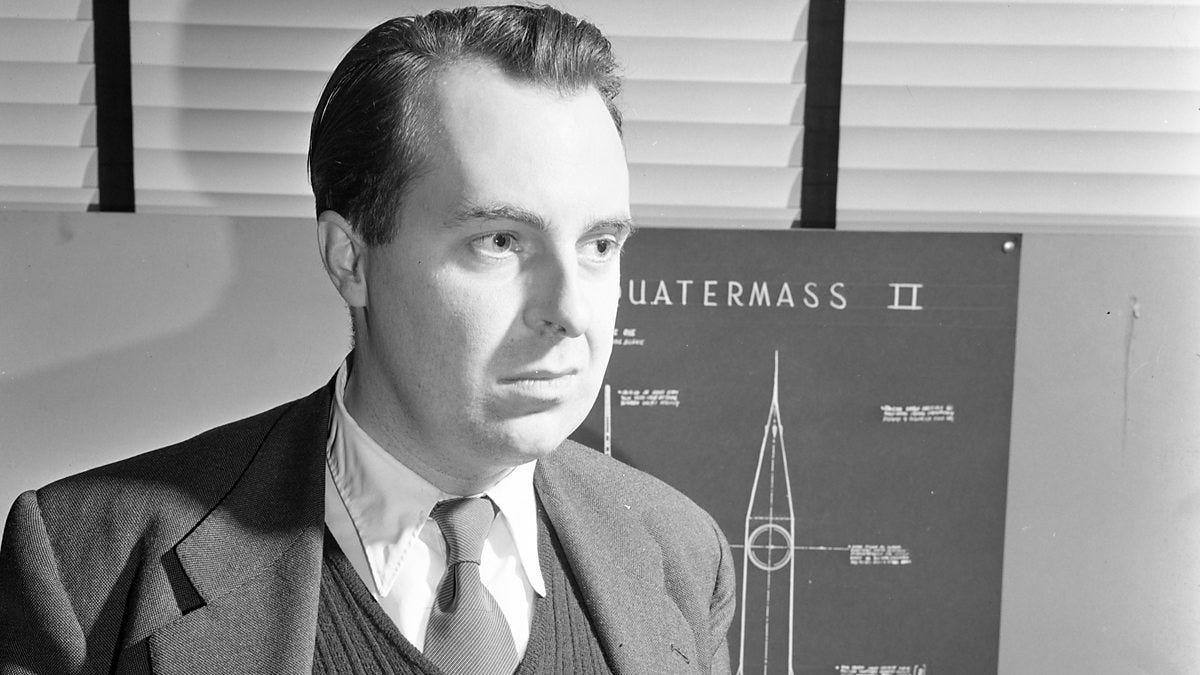
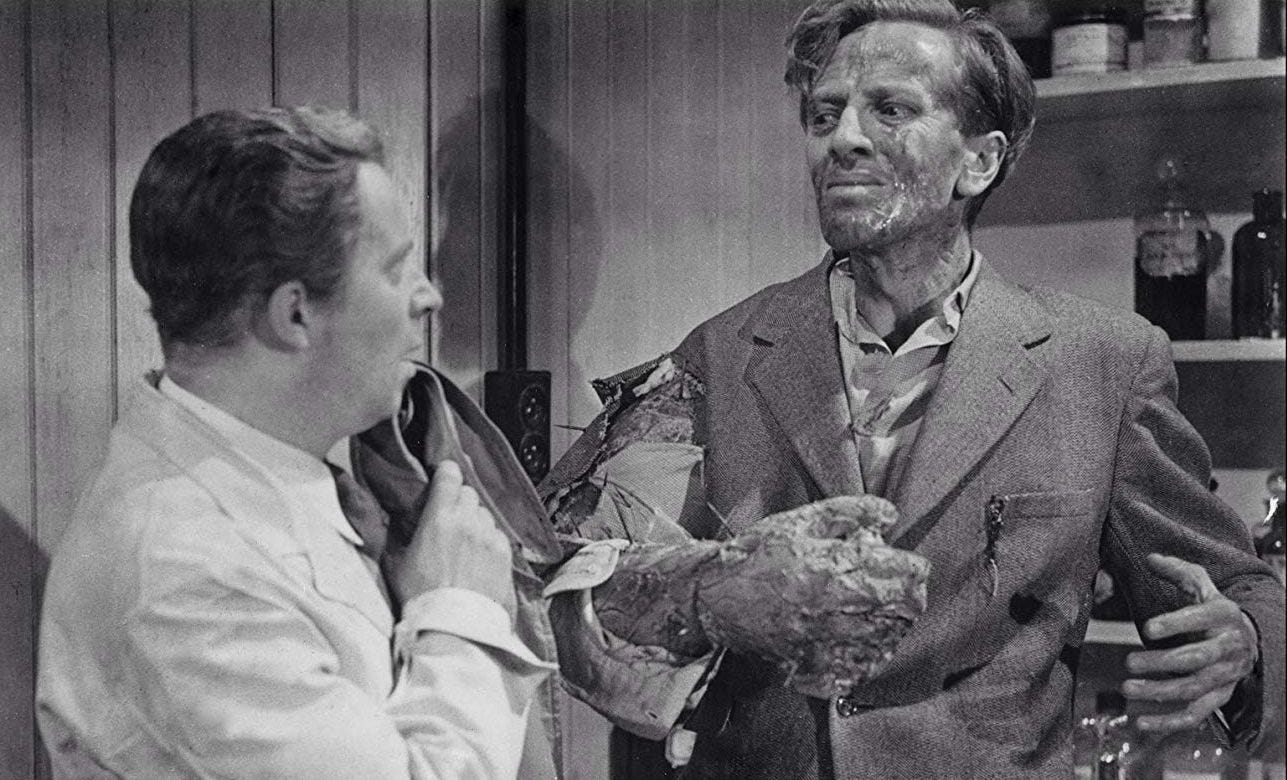
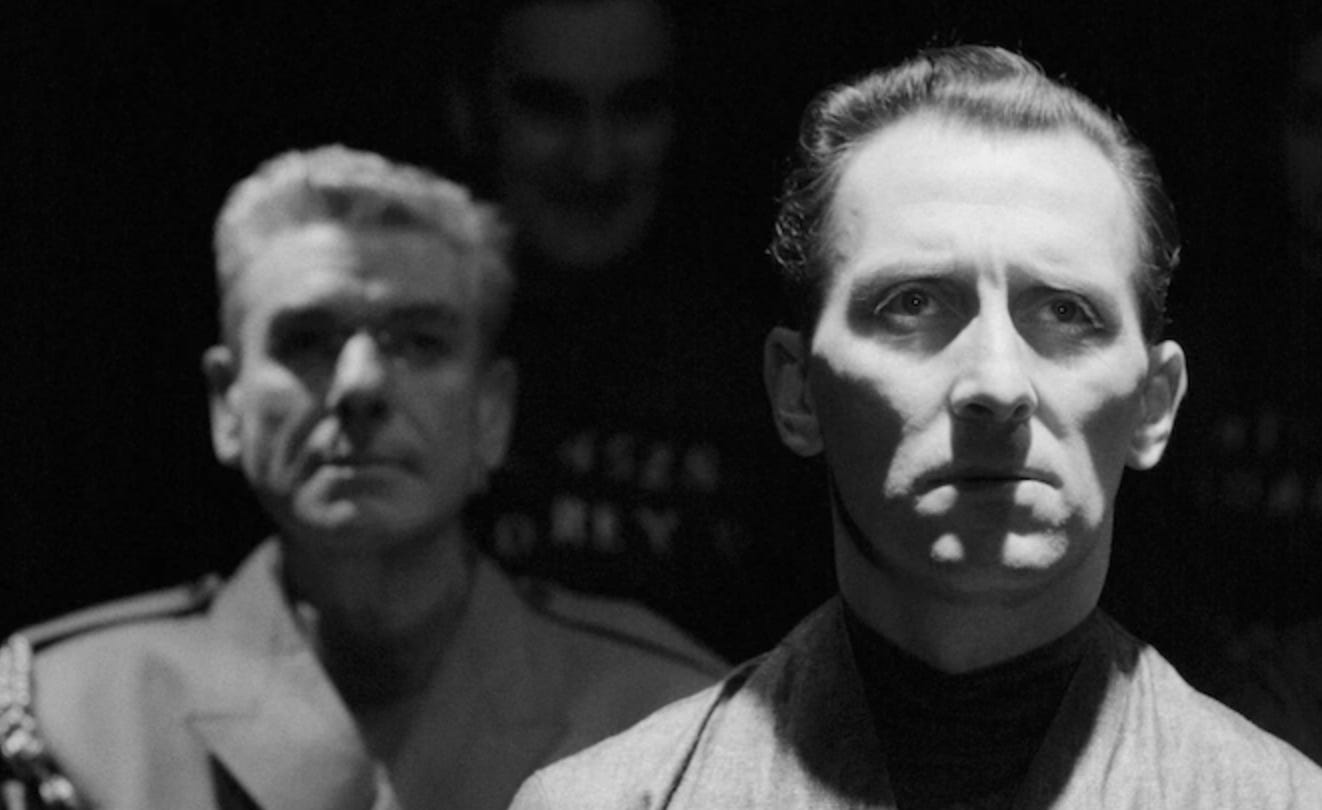

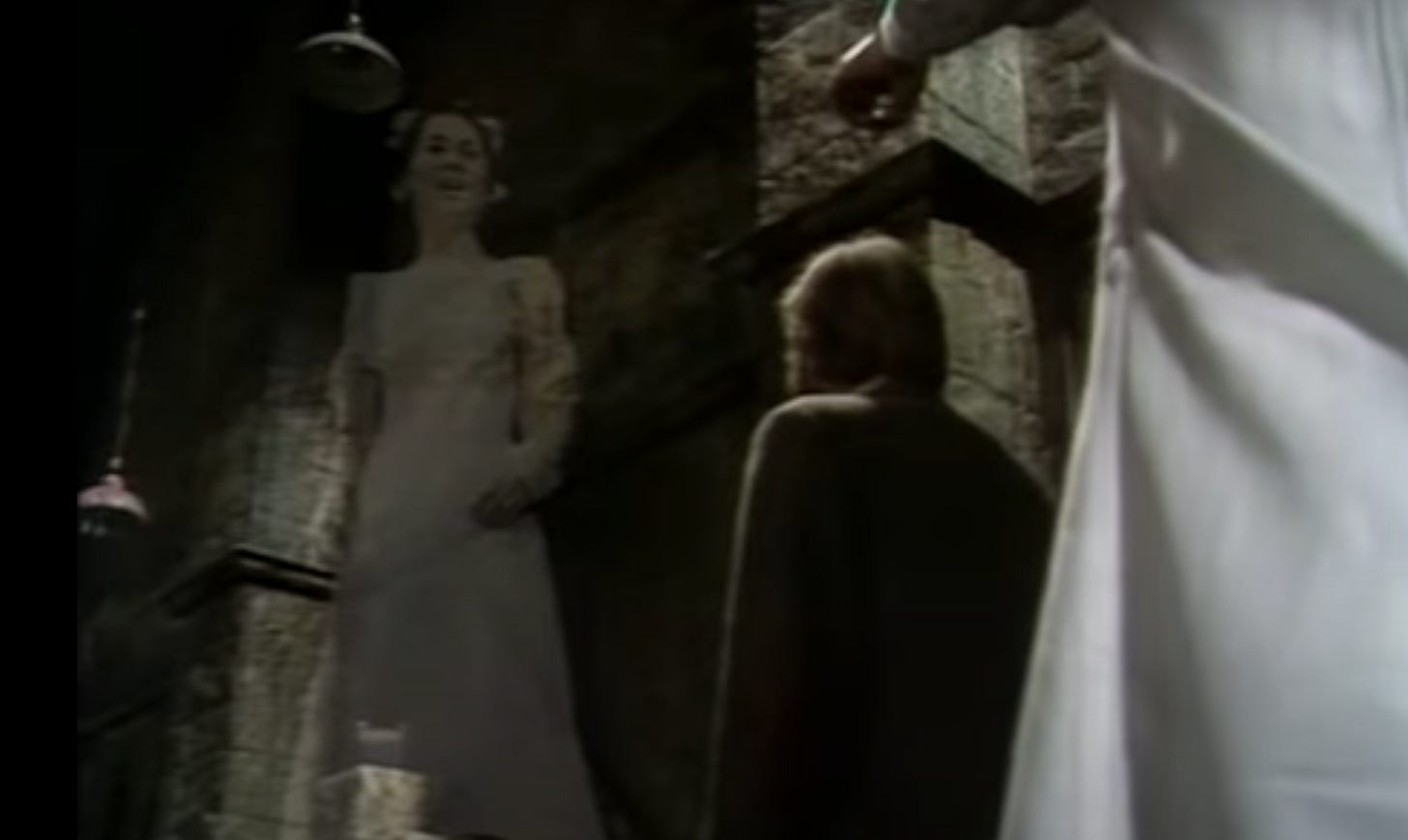



Both the UK and USA had great horror TV in the 1970s. Over here stateside, there was "The Night Gallery," "Kolchak, The Night Stalker," and made-for-TV movies like "The Norliss Tapes" (written by William F. Nolan and free online). And then, two decades later, Canada actually reigned supreme when it came to horror for the small screen. Maybe a reconstitution of the Anglophone countries as a single empire would do wonders for television? Just a thought.